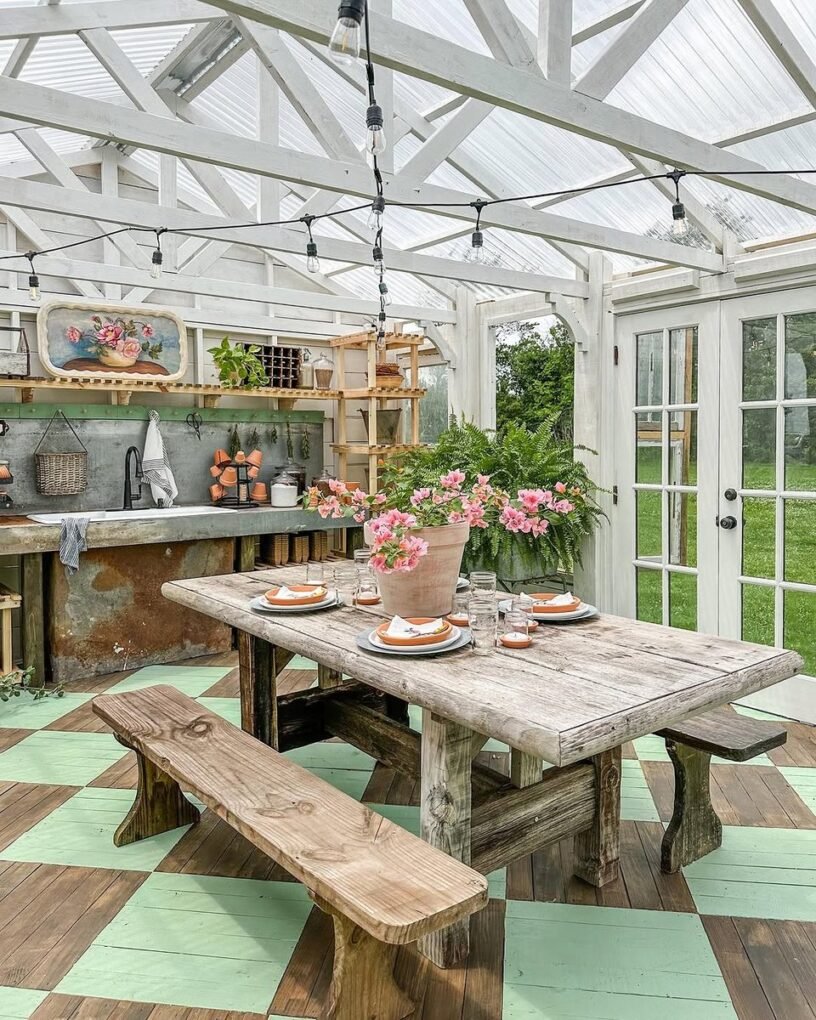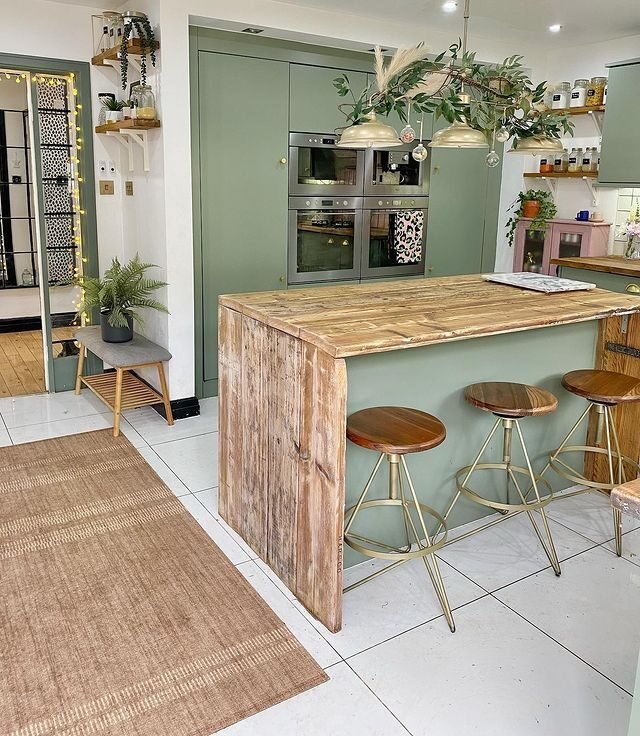In today’s day and age, going eco-friendly is more of a necessity rather than self-indulgence. With apparent signs of global climate change, we need to start looking for new ways to protect the environment. One such way is to create environmentally friendly homes from sustainable materials.
Investing in eco-friendly materials is not only sound from the ecological perspective, but it can also bring you some financial benefits. Many people who decided to build a green home have managed to sell it for a nice sum on a site like highestcashoffer.com or are now reaping the benefits it provides.
Cob, cork, bamboo, reclaimed wood, and recycled steel are only a few examples of eco-friendly construction materials that can reduce carbon emissions and save you some money on energy bills. Below, we explain how these and some other environmentally friendly materials can help you protect the environment.

Cob
Cob is a mixture of sand, clay, water, and straw. It also contains a small percentage of lime to help the mixture bind together. It’s a low-cost type of insulation that can be used for either interior or exterior walls.
The material is easy to work with and has been used by people since ancient times. Historically, cob was the primary insulation material used by the Europeans and Native Americans. While it’s still prevalent in some parts of the world, it’s only recently gained attention in the United States and other western countries.
Cob houses are typically built using timber framing or bamboo. They are generally smaller than regular buildings and often have a rounded shape.
Cork
If you need some extra insulation for your home, cork is a great choice. This eco-friendly material is made out of compressed cork cells from the bark of the cork oak tree. It’s an entirely renewable product that can be harvested without harming the tree.
Cork is an insulator that works well in noise reduction, temperature control, moisture, and fire protection. Additionally, it’s resistant to mold and insects, making it an excellent material for use in basements and attics.
Cork is also a great option if you want to add some style to your home. You can get a wide range of colors and textures that will match almost any design style. High-quality cork flooring or wall covering can be found in many properties and restaurants around the world. Many companies offer premium soundproofing solutions that are made from cork.
Bamboo
Bamboo is one of the most sustainable building materials on the planet. It’s a renewable resource that grows quickly on just about any kind of soil and climate condition. It’s also one of the strongest natural fibers found on Earth.
Bamboo flooring is strong enough to protect against impacts up to two tons per square meter. It’s also resistant to heat, cold, scratches, sunlight, and insects. There are different varieties of bamboo that can be used for flooring or construction purposes. Some types are more pliable than others, so you should make sure you pick the right one for your project.
Reclaimed Wood
Reclaimed wood is made out of old wood salvaged from demolition sites and forests that are being cleared out for development purposes. This wood is often recycled into new products such as countertops, paneling, furniture, doors, floors, and beams.

This environmentally friendly material gives your home a unique look that can be perfect for rustic interiors. But using reclaimed wood doesn’t come cheap since it is more expensive than regular wood. The reason for this is its scarcity: it tends to be harder to find and transport across long distances.
Recycled Steel
Steel may seem like an obvious choice for sustainable building materials, but it’s not always considered an eco-friendly material in many regions around the world. Nevertheless, almost 50% of iron and steel is actually recycled in the United States.
When steel is recycled correctly, there’s no loss of quality or strength at all. Even though recycled steel is more expensive than regular steel, it’s worth the cost since most of its components can be reused again without losing their properties or value over time. As far as environmental benefits go, recycled steel can help save up more energy used during production compared to traditional steel manufacturing processes.
Hempcrete
Hempcrete is an eco-friendly material that’s made out of hemp. The hemp plant is a renewable resource that requires little space and almost no pesticides or fertilizers to grow. Hemp plants take only about four months to mature, which means the hemp used for the production of hempcrete can be harvested in only three seasons.
Hempcrete has amazing thermal properties. It insulates well against heat and cold, as well as against noise and smells. Additionally, it’s resistant to fire, mold, and insects. Furthermore, it contains high levels of cellulose, which means it can be used as a material for construction all on its own. You could even use it to replace some of the bricks or concrete used in your home.
Conclusion
Whether you’re looking to create a new home or renovate your current one, these six options will serve you well. They are not only a great way to protect the environment but also an efficient investment for your future.
There are many more environmentally friendly materials out there that can be used to build your home. You should take the time to explore all of them and figure out which ones are best for your needs. Going green is not always an easy choice, but it’s one that’s worth making if you want to protect the environment for future generations.




